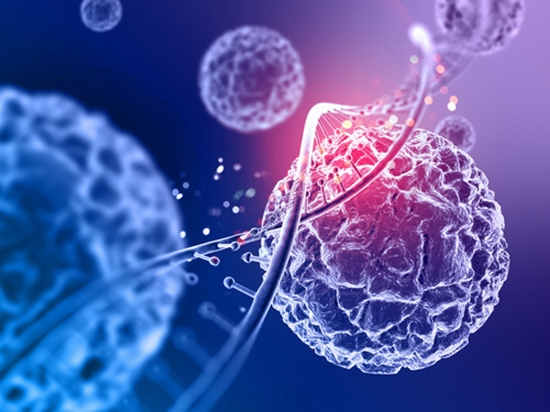Effect of Photobiomodulation Therapy on Differentiation of Mesenchymal Stem Cells Derived from Impacted Third Molar Tooth into Neuron-like Cells

Abstract
Peripheral nerve damages are among the most important consequences of dental and maxillofacial procedures. Tissue engineering using mesenchymal stem cells (MSCs) is a promising method to manage such injuries. Moreover, photobiomodulation therapy (PBMT) can enhance this treatment. The present study aimed to investigate the effect of PBMT on differentiation of MSCs derived from dental follicle (DF) into neurons. MSCs were isolated from an impacted tooth follicle by digestion method. The stem cells were cultured, and differentiated into neurons. The cells received two sessions of PBMT with 810 or 980 nm diode laser (100 mW, 4 J cm−2) in either DMEM or neural inductive medium. Phenotypic characterization of the cells was determined using flow cytometry. In addition, β-tubulin and MAP2 genes expression level changes were analyzed using RT-PCR and western blot technique. After 14 days, flow cytometry analysis confirmed the mesenchymal nature of cells. RT-PCR and western blot affirmed the expression of β-tubulin and MAP2 genes and proteins respectively. PBMT with both wavelengths significantly increased β-tubulin and MAP2 expression in neural inductive medium with highest expression mean in 980 nm group. PBMT with 810 and 980 nm lasers could be a promising adjunctive method in differentiation of DF-originated MSCs into neural cells.




ارسال به دوستان